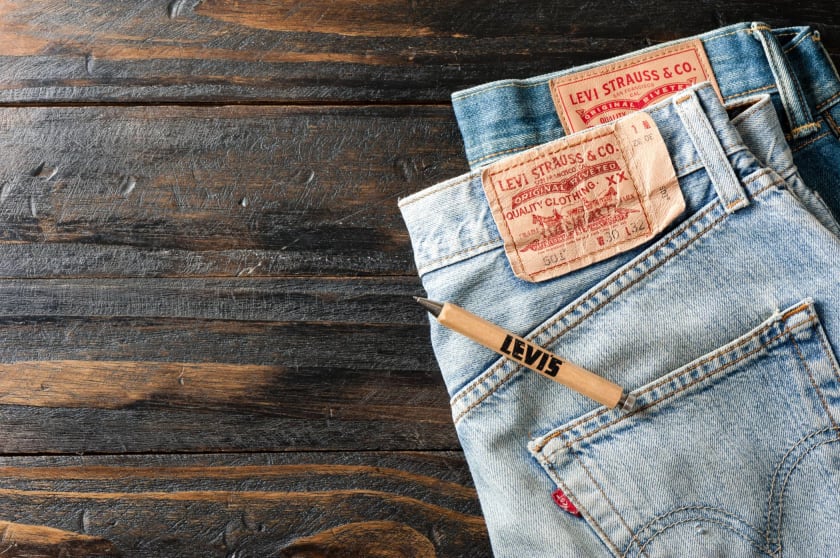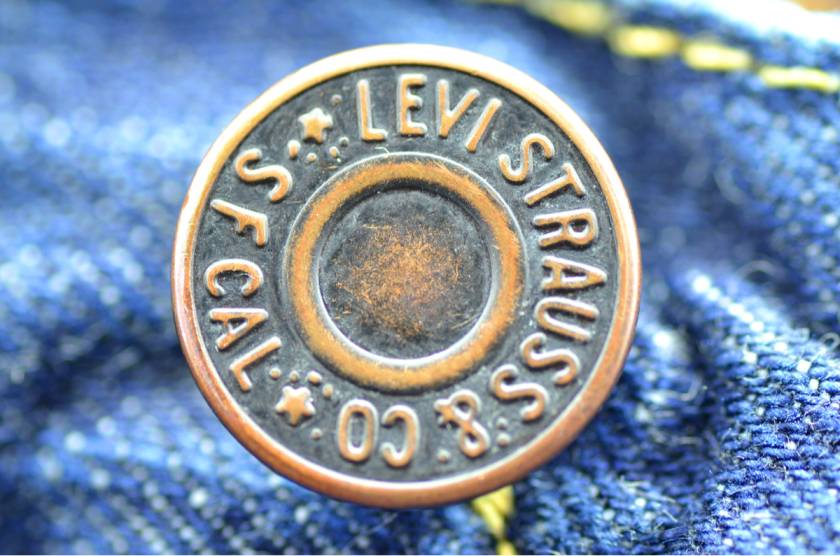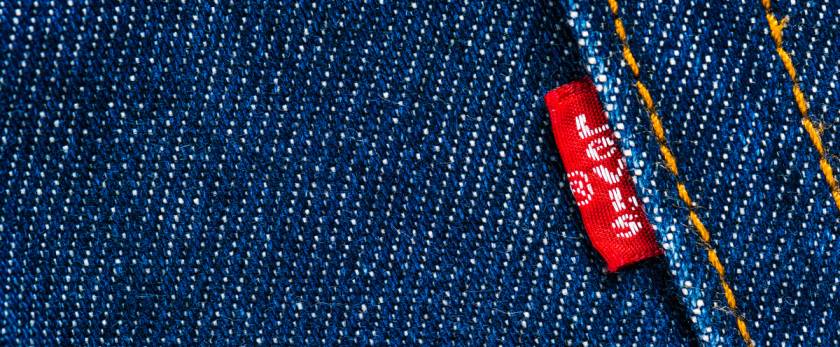Levi’s And Its Business Guide Of Sustainable Fashion And How It Has Changed The Industry



Also known as Levi’s, Levi Strauss & Co. is the world’s largest maker of jeans, especially known for its blue denim and sustainable jeans. Levi’s other products involve skirts, belts, hats, jackets, and hats, and it also licenses the manufacturing of novelty items. Levi’s is headquartered in San Francisco.
The company traces its origin to Levi Strauss (1829-1902), a Bavarian immigrant who arrived in San Francisco in the year 1850 amid the Gold Rush, bringing dry goods for sale to the miners. When Strauss heard of miners’ need for durable pants, he hired a tailor for making the garments out of the tent canvas. After some time, denim was substituted and copper rivets were added to the pocket seans of the pants. A merchandising partnership of Strauss with his two brothers Louis and Jonas was established in the year 1853.
Levi’s is now one of the leading fashion companies around the world. Despite its huge competitors, it reached a net worth of 12 million dollars.
Levi’s Business Guide of Sustainable Fashion

How can we make the fashion industry more sustainable? It is the practice of every person working in the fashion industry. But, for Paul Dullinger, the head of global product innovation at Levi Strauss & Co, it is not sufficient to simply plant some trees in order to use less toxic dyes and offset the carbon dioxide. In order to make a real impact on the world, one is required to change the way people think about clothes.
Levi’s has always been a leader in sustainable fashion. In the year 1991, Levi’s established the terms of engagement for laying out the brand’s global code of conduct through their supply chain. It meant setting out standards for a healthy work environment, and ethical engagement, and workers’ rights with the planet. As Paul Dillinger said, “It wasn’t an easy thing to do,” “At the time, we were worried that doing this would drive up our own costs and prices.” As a matter of fact, these practices were quickly and immediately adopted by many other companies that used such standards as a template for writing their own rules.
Paul says, “We were actually leading the industry toward new standards.”
Levi’s continues its focus on how it can make fashion more sustainable than ever. Paul believes that the solution to how to make fashion sustainable is to encourage people to stop thinking that clothes are disposable and rather they can be used forever. As a fashion designer, Paul’s goal is to create such jeans that are durable and side by side customers love and feel good wearing Levi’s sustainable jeans. As it will increase the likelihood of jeans and customers will care for them better and keep with them for a longer time.
Paul said, “ We have a program called the Levi Strauss Collaboratory where we bring small designers who share our values and help them integrate sustainability into their young new businesses. We give them the support they need to bring that to life. So we can help nurture the ecosystem.”
Levi’s business guide and innovative approach to sustainable fashion are to intentionally change the world’s narrative about consumption. When Paul was interviewed by Fast Company, he said, “In my wildest dreams, we’d be helping to cultivate Levi’s consumer who values durability and demonstrates a real attachment to an object. We’d be nurturing the person who doesn’t purchase because of immediate seasonal change, but who purchases for lasting value.”
Levi’s business approach towards sustainable fashion is encouraging their consumer to become more conscious so that when they buy a pair of jeans, it is not an isolated event. Levi’s garment had created an impact even before the customers purchased it, in terms of persons who made them and the waste involved while creating Levi’s sustainable jeans.
The CEO of Levi’ said, “ I believe we can grow beyond our historical peak of $7 billion and someday be a $10 billion brand, as I once assumed the company was. Levi’s lost a generation of consumers in the early 2000s, but today our customers are younger than ever—and we’re gaining momentum as we bring them back.”
How has Levi's changed the fashion industry?

Levi’s runs a program in five major markets- Germany, the United Kingdom, Canada, the United States, and Japan that gives a 15% discount to customers if they donate any of their old clothes in order to be recycled. This program encourages people to donate their clothes which in turn leads to less wastage of clothes. The clothes have been recycled in Levi’s supply chain that ensuring less wastage and a healthy and safe environment.
Levi’s was the first apparel company and also the first multinationals that introduced a labor code of conduct in the year 1991 that ensures the business practices and workplace standards of its suppliers to live up on its own.
Through all these efforts and approaches towards sustainable fashion, and making durable clothes, are creating a huge change in the fashion industry. The standards laid out by the Levi’s are being adopted by many companies around the world. The sustainable approach is adopted by companies to make the fashion industry more sustainable than ever.
Paul said, “We’re choosing not to participate in the fashion cycle. Instead, we’re choosing to cultivate long-term relationships with the consumer and deliver against their needs.”
Conclusion
Levi’s has been making a huge change in the fashion industry by making fashion more sustainable, changing people’s thinking towards clothes, and encouraging people to have a long-term relationship with Levi’s sustainable jeans.
Fashinza is also promoting and helping in producing and manufacturing more sustainable clothes. We promote your clothing line to source clothes that can be sustainable and help in making the environment more healthy and green.
Fashinza is a B2B apparel manufacturing platform. We help clothing brands to manufacture their awesome collections by connecting them with suppliers. Our chief offering is our platform using which brands can place an order, track it, receive daily production updates, communicate with manufacturers, and make payment.
Brands can use our platform to place manufacturing orders for their collections and have them delivered, with options to track, communicate, and make payments along the way. We make the apparel manufacturing process hassle-free, fast, and transparent for the brands.



















